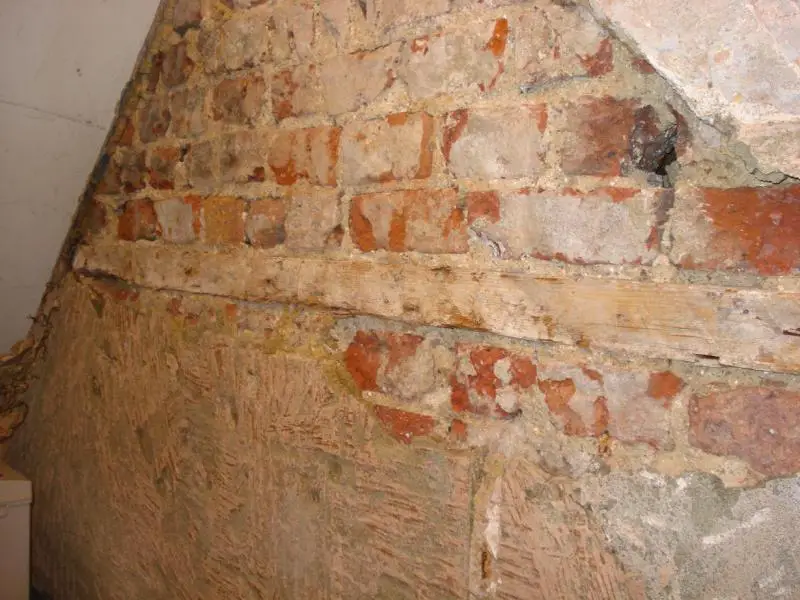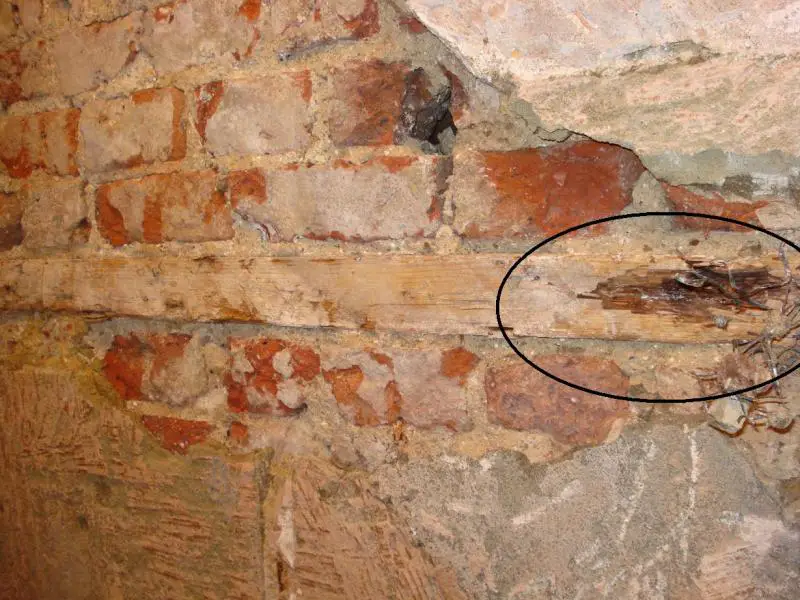Hi all,
I have removed the plaster and concrete render from a wall under the stairs to find the source of a damp patch that was showing thru.
I have uncovered what I believe to be the source which is a long piece of wood built into the brickwork of the house. The wood is damp and starting to rot, (see pics).
I am not sure why the wood is there? It certainly looks newer than the house, (which is around 100 years old).
Can anyone help with the best action to take? I need to treat the wood for rot and prevent it from causing damp in the future before I re-render and plaster. Ideally I don't want to have to attempt to cut the wood out. I have previously repaired the external render on the house so I believe I have solved the original cause of the dampness.
Any help would be gratefully appreciated.
I have removed the plaster and concrete render from a wall under the stairs to find the source of a damp patch that was showing thru.
I have uncovered what I believe to be the source which is a long piece of wood built into the brickwork of the house. The wood is damp and starting to rot, (see pics).
I am not sure why the wood is there? It certainly looks newer than the house, (which is around 100 years old).
Can anyone help with the best action to take? I need to treat the wood for rot and prevent it from causing damp in the future before I re-render and plaster. Ideally I don't want to have to attempt to cut the wood out. I have previously repaired the external render on the house so I believe I have solved the original cause of the dampness.
Any help would be gratefully appreciated.



